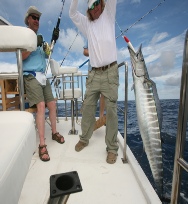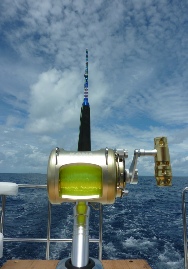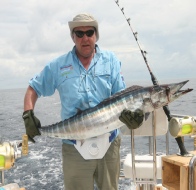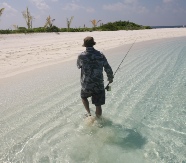© 2014 Gary Smith Fishing Ltd All Rights Reserved










Proudly Associated With


A few weeks ago I covered the most popular worm baits, Coreano, Americana and Titas. I hope success was gained using these worms. This time I am going to cover three more worms, Serrin, Cocos and Arena.
Before going on to describe more worm baits it may be useful to for you to know where all the worms originate from. Coreano are from Korea, Americana from Alaska, Serrin are from the Cadiz area on the Southern tip of Spain where the Mediterranean meets the Atlantic, Titas are from Vietnam and the Mar Menor, Coco from the Atlantic north of Santander and Arena from the Barcelona region of the Mediterranean. So all are imported apart from the Arena and the Titas, these worms though are not bred they are dug for and this is why the cost seems high. All the imported worms are rigorously checked for disease by chemists when they arrive in Spain. So now the cost maybe does not seem so high, 2.60 euros at the time of writing for a box of Coreano, enough worms to last for at least five hours pleasure fishing is not too bad. The Serrin worm is very hard; it is preserved in sawdust and does not last long, maybe two days once the box has been opened, even when refrigerated. The Serrin is good for fishing amongst rocks to catch Sargo (White Sea Bream), Raspallón (Annular Bream) and Vaca (Painted Comber) amongst others. It must be threaded onto a baiting needle as all the other worms described then loaded onto the hook and line.
The Cocos originate from the Atlantic coast north of Santander; these are good for fishing a sandy bottomed sea bed for Striped Sea Bream (Herrera), Sargo (Sheepshead Bream) and Sea Bass (Lubina). The Coco is supplied in crystals and is full of iodine; your fingers will be stained yellow after using them. They last around three days when refrigerated. The Arena worm is the sand worm and is mainly supplied from the Barcelona area. So this is the Mediterranean sand worm, expensive to buy; only lasts a day at the most and is very thin. They cannot be refrigerated, they must be kept moist in sand with sea water, I wrap my boxes in aluminium foil whilst I am ready to use them. I keep them in a cool bag but not on an ice block. When the weather is hot the sun will dry them out and they will die in an hour or so. The plus side is that to catch Striped Sea Bream there is nothing better; it is a natural food to these fish so invariably they take the bait.
To load these worms onto a baiting needle requires practice. Buy a long thin baiting needle specifically for these worms; grasp the worm at the thickest end. It is often difficult to determine which end is thickest as they are so thin. Hold the worm up and let it hang vertically, if the worm keeps curling up as they are quite long, use an empty worm tray and scoop some dry sand into it. Trail the worm over the sand so the sand sticks to it, hold the worm up and the weight of the sand will prevent the worm curling. Take the baiting needle and thread the worm onto it. The worm in places is only as thick as the needle so take care. If the worm splits it will fall in half. Once the worm is on the needle load onto the hook as the other worms but carefully because of the worm being so thin go gently over the hook knot even if machine tied
Copyright © Gary Smith & Luigi Mateos
Back
| Address |
| Contact Us |
